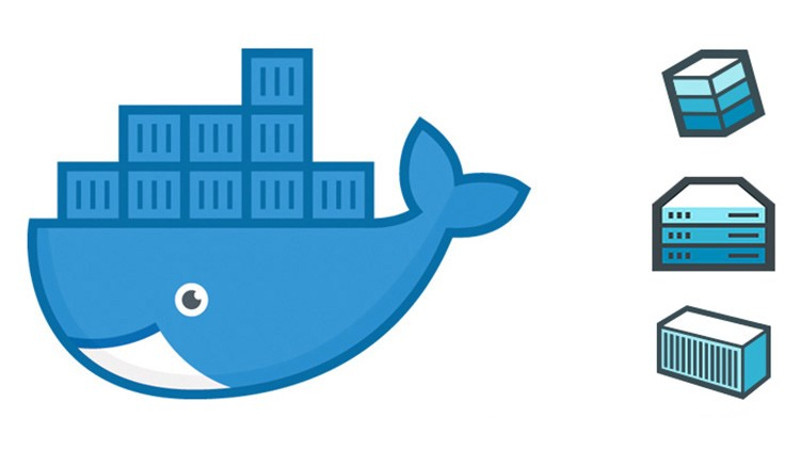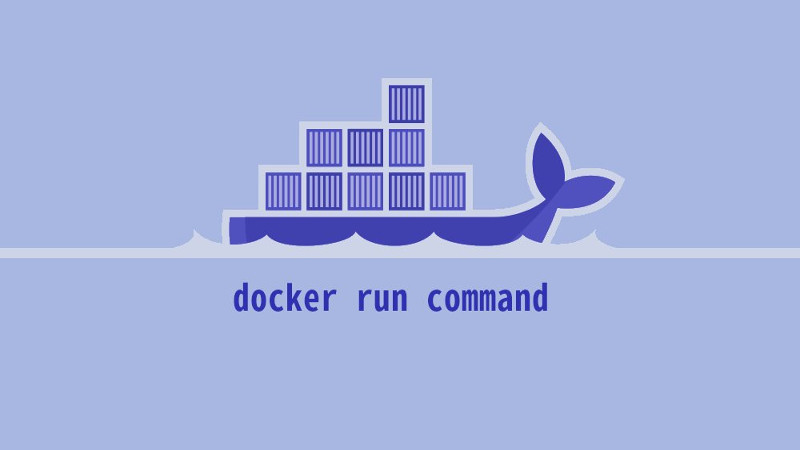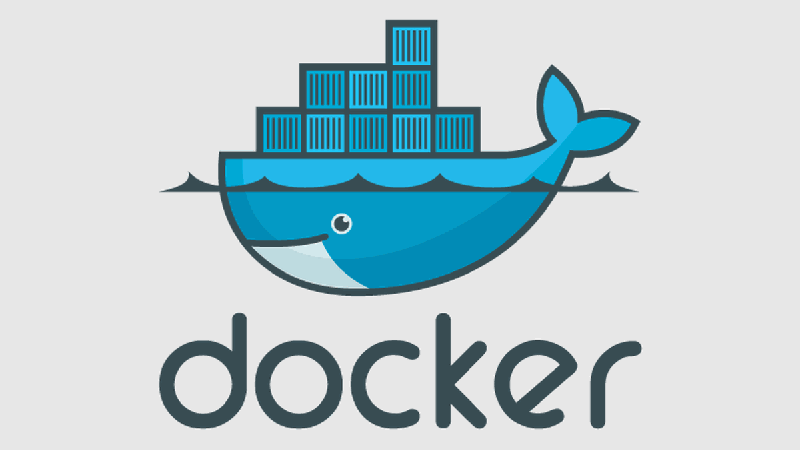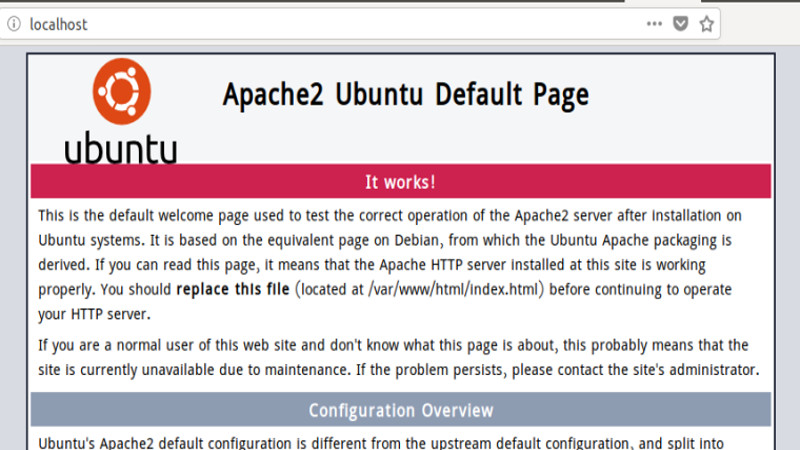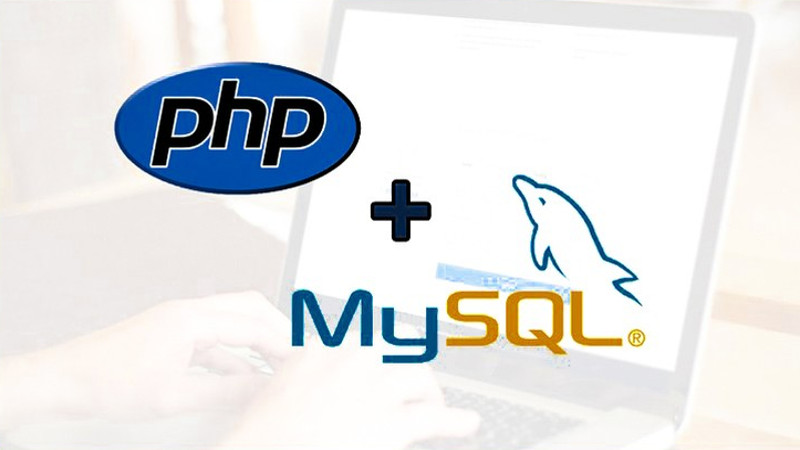Hello friends!How are you all doing? Hope you have spent a nice week. Here I come with another Docker article, which I need regularly to clean my hard disk. You can find my other docker article here. Docker usually doesn’t remove unused objects such as containers, images, volumes, and networks unless you explicitly tell it…
Category
How To
How to use Docker – Command, Image, Container, Docker Hub
Hello Guys!How are you all doing? Hope you are enjoying what you do, like me 🙂These days I am digging down docker a bit more and think that I need to keep the story here for further reference. I hope you already gone through my previous article How to install Docker on Ubuntu 18.04Now its…
How to install Docker on Ubuntu 18.04
Hello everyone!I hope you are doing fine these days. Today I am writing about how to install Docker on Ubuntu 18.04 I am using Ubuntu 18.04 as my daily OS and at the end of last year, I start using Docker for my projects. Within a short time, I like this very much and almost…
Enable wildcard sub-domain for localhost on Ubuntu 18.04
Happy New Year my friends. Hope you all had a wonderful year and you are confident to face 2020! This year I am taking couple of challenges unlike previous years where I made “NEW YEAR” resolutions. Keep me in your prayers so that I win those challenges. Currently I am developing a SaaS application where…
MySQL Error: : ‘Access denied for user ‘root’@’localhost’
Today, I am going to solve one of the most common errors of MySql. This solution does not need to drop any tables or no need to change any user permission. just two line of code and then you will able to login into MySql console. Without wasting much time let’s jump into it. Fast…
How To : Send email with PHP from localhost
Hello! Happy New Year! Hope you all are doing well. Last couple of months I have been thinking about mail sending option of PHP application from local development server. Generally I uploaded my script to online web server for send mail from PHP. Today I think that I need to configure my local server so…
How to : Increase PHP memory limit in WordPress.
Hello! Hope everyone doing well this days. Today I am here with a common issue most of the WordPress Developer/User faced, fix of PHP memory limit issue for WordPress. Sometimes when I am installing theme or plugin in WordPress I get the following error notice, Fatal error: Allowed memory size of 33554432 bytes exhausted (tried…
How to : Create an Admin User for a WordPress site via phpMyAdmin
Hi Guys! Hope you are doing well. Also hope all my Muslim friends enjoyed the EID vacation with friends and family. Today I am going to show you how to add an admin user for a WordPress site via phpMyAdmin. Sometimes you may need to add an admin user but you dont have the admin…
How to : Create basic WordPress child theme
Hello there! Today, I am here to share a basic thing of WordPress theme. We all know about the WordPress theme. Its a great way to design your WordPress powered website. But there is always some little things you need to change like colors, fonts style/size or move a button somewhere else. You can change…
How to : Increase Maximum File Upload size for WordPress
Hello, Hows going on? Hope you are doing well. Today I am writing over the issue of Maximum File Upload size for WordPress. Basically I waste my one hour time for fixing this issue. I tried to import Revolution Slider with their import facility, but after click over import I found a message said importing…
Creating dynamic sitemap with Codeigniter
Recipe for creating Dynamic sitemap with CodeIgniter. Like yoursite.com/sitemap.xml Example. Suppose you have an articles blog where url for each article is by article ID Like yoursite.com/123 . All articles are stored in articleTable of the database. First Create a model to get URLs. Create a file named url_model.php in application/models directory. Get Urls from database <?php class Url_model extends CI_Model{ public function __construct(){…
How to : Remove All Unused Linux Kernel Headers, Images and Modules : Ubuntu way
Unless you have a totally fresh install of Ubuntu, you have probably noticed that each time you boot up, the GRUB boot menu lists a bunch of previous Linux kernels which you can boot into. While this can occasionally come in handy – like if you can’t boot into the new kernel after an upgrade…

